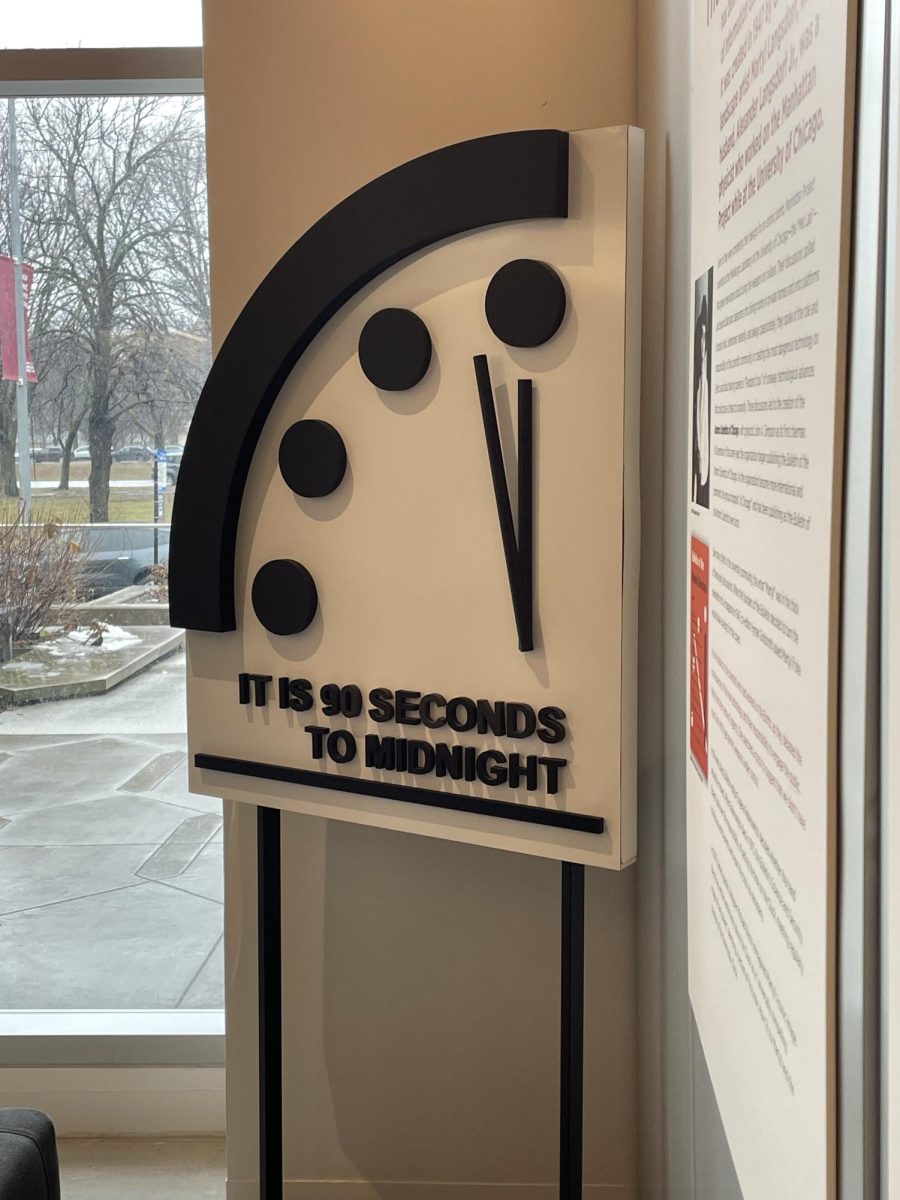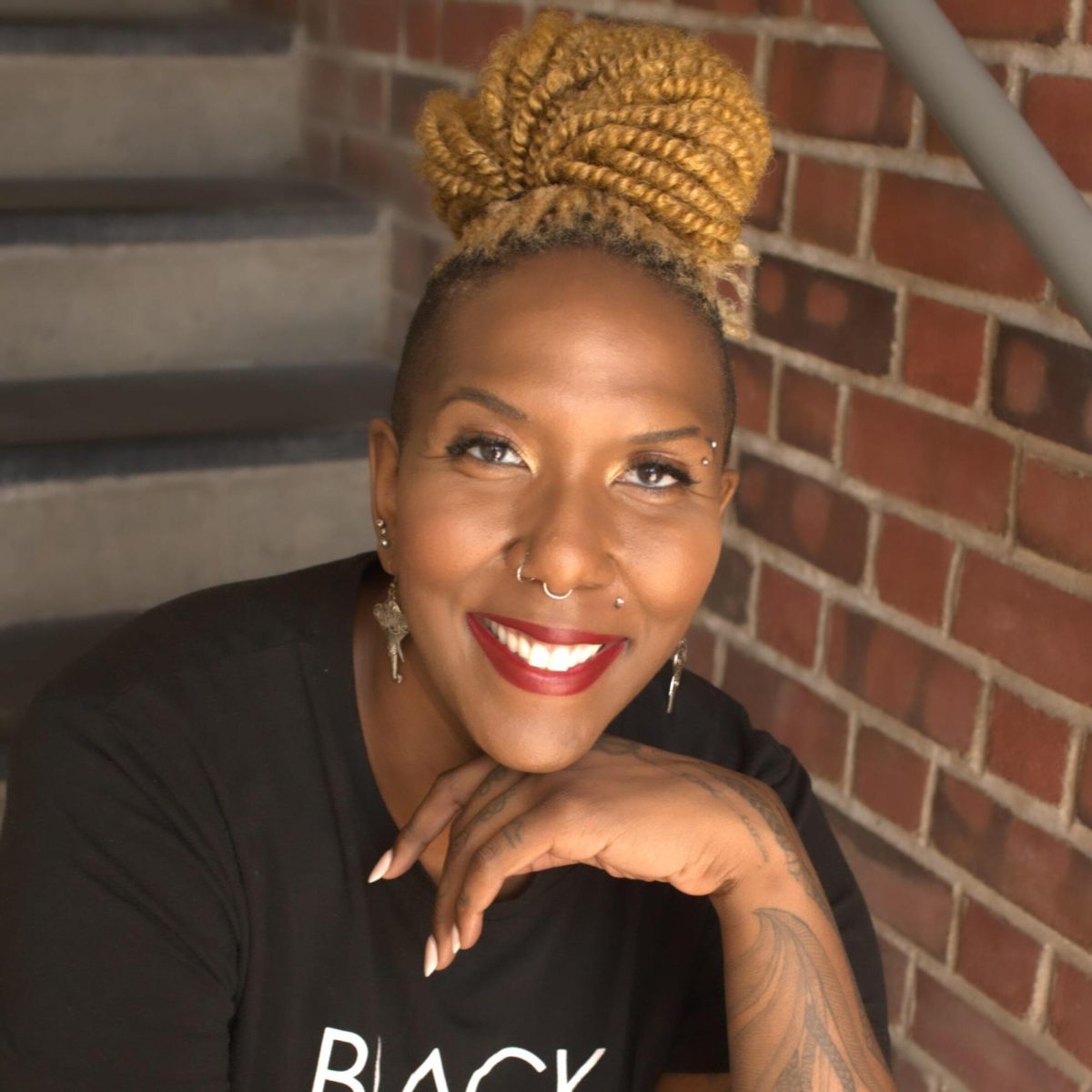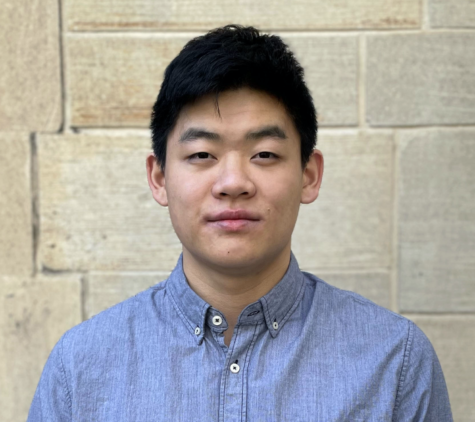The Bulletin of the Atomic Scientists maintained its iconic “Doomsday” clock at 90 seconds until midnight, the closest to midnight the clock has ever been, in a virtual announcement on January 23.
Founded in 1945 by prominent scientists including J. Robert Oppenheimer of the Manhattan Project and Albert Einstein, the Bulletin is a non-profit organization based in the University’s Keller Center with the goal of raising awareness about global security risks. Created by the Bulletin in 1947, the Doomsday Clock represents the Bulletin’s evaluation of humanity’s proximity to a man-made apocalypse, or midnight, and uses a timer that is reminiscent of a count-down until a nuclear explosion. The clock is set every year by The Bulletin’s Science and Security Board in consultation with its Board of Sponsors, which currently includes nine Nobel laureates.
In the January 23 announcement, Bulletin President and Chief Executive Officer Rachel Bronson cited the Bulletin’s concerns about the ongoing wars in Ukraine and Gaza, nuclear weapon modernization programs, climate change, advancements in biological technology, and artificial intelligence for this year’s Doomsday clock resetting.
“The war in Ukraine poses an ever-present risk of nuclear escalation, and the October 7 attack in Israel and war in Gaza provides further illustration of the horrors of modern war even without nuclear escalation,” Bronson said. “The countries with nuclear weapons are engaged in modernization programs that threaten to create a new nuclear arms race. Earth experienced its hottest year on record and massive floods, fires, and other climate-related disasters have taken root.… Biological research aimed at preventing future pandemics has proven useful but also presents the risk of causing one, and recent advances in artificial intelligence raise a variety of questions about how to control a technology that can improve or threaten civilization in countless ways.”
In deciding a time to set the Doomsday clock, Bronson said the Bulletin’s Science and Security Board asked themselves two questions: “Is humanity safer or at greater risk this year, compared to last year? Is humanity safer or at greater risk this year, compared to the more than 75 years we have been asking this question?” The board ultimately decided to maintain last year’s heightened alarm by maintaining the clock at 90 seconds until midnight for 2024.
“Last year, we expressed amplified concern by moving the clock to 90 seconds until midnight, the closest to global catastrophe it has ever been,” Bronson said. “The risks of last year continue with unabated ferocity and continue to shape this year. Today, we once again set the Doomsday clock to express the continuing and unprecedented level of risk. It is 90 seconds until midnight.”
When asked how the reception of this year’s Doomsday Clock announcement has been so far, Bulletin Chief Audience Officer John Pope described the reaction as being positive.
“Folks have focused on this as an enduring symbol and that it is a moment to have conversations around these issues. They really focused on the message that the science and Security Board was trying to send this year, that things are bad, and they feel bad. That’s why it’s staying the closest it’s ever been to midnight. But we have hope around these issues. We think there are solutions to them. We just need to accelerate those solutions,” Pope said in an interview with The Maroon.
Following the announcement, Bronson spoke on a panel of Bulletin Science and Security board members including Asha George, the executive director of the Bipartisan Commission on Biodefense; Alex Glasser, an associate professor of public and international affairs and engineering at Princeton; Herb Lin, a senior research scholar of cyber policy and security at Stanford University; and Ambuj Sagar, a professor of policy studies at the Indian Institute of Technology Delhi.
“When we set the clock last year, there were major concerns that nuclear weapons could be used in Ukraine,” Glasser said. “Today’s clock setting was still overshadowed by the war in Ukraine, but also the war in Gaza, which has caused enormous human suffering and could lead to a broader conflict in the region involving several nuclear-weapons states and regional powers. So it is really against this backdrop that we are facing a crisis in nuclear arms control.”
In speaking about the role of climate change in the world’s security, Sagar emphasized that the world has made tangible progress in improving the environment but not yet to the extent needed to solve the problem.
“We are moving in the right direction, even if not as fast as one would like,” Sagar said. “Renewables are dominating new energy deployment. Last year there was $1.7 trillion invested into clean energy. At the climate COP [conference] in Dubai… 120 countries, representing a significant fraction of the world’s GDP… agreed to triple the renewable energy deployment by 2030 and double energy efficiency.”
In terms of artificial intelligence, Lin asserted that the widespread usage of artificial intelligence (AI) could lead to disinformation and that the application of AI into sensitive systems could lead to catastrophic errors and data leakages.
“AI has lots of potential for magnifying corruption in the information environment and making the disinformation problem worse, and that’s really bad because the threat multiplier effect means that we aren’t going to be able to solve other hard problems like nuclear war and climate change,” Lin said.
According to George, artificial intelligence could also expand access to sensitive information regarding biological weapons and biological facilities.
“Last year, we heard more discussion about AI and its application in terms of genetic engineering but also in terms of developing biological weapons, posing questions that would allow a person with not a whole lot of technical expertise to obtain biological agents, put together a biological weapon, and so forth,” George cautioned.
Following the panel, University of Chicago astronomy and astrophysics professor Daniel Holz spoke with science educator Bill Nye about steps that could be taken in light of this year’s Doomsday Clock announcement.
“We can solve these problems. We can address these problems, and I strongly believe… that it starts with voting,” Nye said, encouraging voters to consider climate change when voting in the 2024 presidential elections and into the future. “If you are too young to vote, make sure the grown-ups in your world vote and please take the environment into account.”











